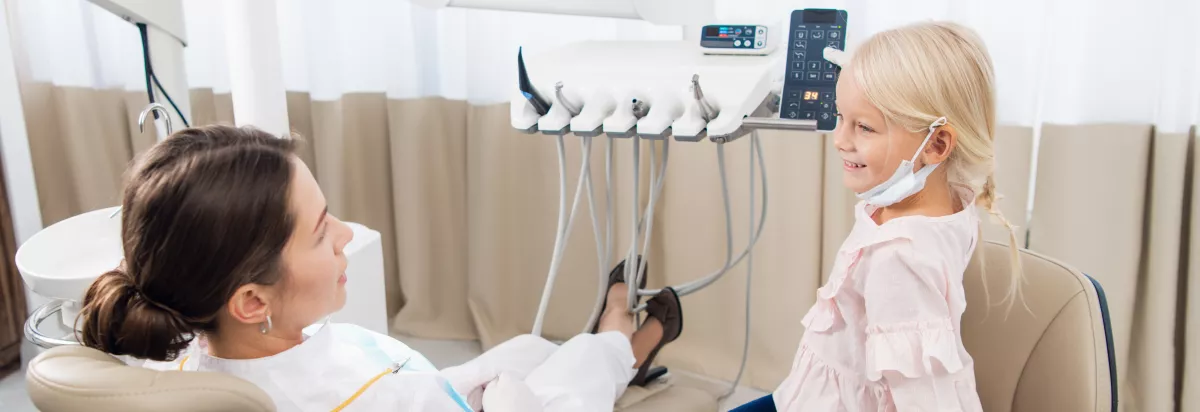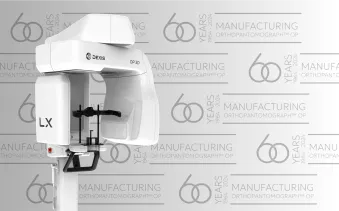
Chairside to Leadership: Challenges Women Face in Dentistry
Gender equality in dentistry has made significant strides globally and in Europe. The number of women working in dentistry has notably increased, with up to 75 percent in Finland. Various estimates suggest that women in dentistry could make 40% of all professionals in the field in Europe. (Unfortunately, there is no precise study that records the exact number of women in dental positions across Europe.) Given that the first female dentists appeared in some European countries only a hundred years ago, the progress made is truly remarkable. However, in terms of opportunities, income, and career development, there is still a lot of work ahead.
Situation in Europe today
The division of roles within dentistry remains gender-imbalanced:
• Academic Positions: Women are less represented in higher-ranking academic positions, holding less than one-third of dental researcher positions in the European Union.
• Owners of Dental Clinics: Women are less likely to own dental practices compared to men. This trend is observed across various European countries, where women dentists are more likely to work as employees rather than practice owners. However, in Eastern Europe, this trend is opposite, with 62% of dental clinics owned by women.
• Scientific Publications: Women are underrepresented in scientific publications. For instance, among nine dental journals, only 13% of first authors were women.
• Speakers and Opinion Leaders: Women are also underrepresented as dental speakers and opinion leaders in Europe. Only about 20% of dental conference speakers and opinion leaders are female.
• Leadership Roles: Women remain underrepresented in leadership roles within dental organizations, academic institutions, and editorial boards of dental journals. For example, women hold only 21.63% of editorial board positions in dental journals.
• Pay Disparity: Women dentists tend to earn less than their male colleagues. For example, in the UK, male dentists earn an average of £67,285, while female dentists earn £40,834, resulting in a 39.3% pay gap.

What is the reason?
The reasons for this "inequality phenomenon" are complex and multifaceted, involving different scientific approaches, opinions, and aspects. Generally, the key possible reasons are:
• Gender Bias and Stereotypes: Persistent gender bias and stereotypes often question women's competence and leadership abilities. This can be particularly pronounced in surgical specialties like oral and maxillofacial surgery.
• Work-Life Balance: Balancing a demanding career with personal and family responsibilities remains a significant challenge for many women. This can limit their ability to pursue advanced training and leadership positions.
• Mentorship and Networking: Women often have fewer mentorship opportunities compared to their male counterparts.
• Limited Access to Funding: Women may have less access to research funding and resources.
• Cultural and Societal Pressures: Societal expectations and cultural norms can influence career choices and opportunities for women, often steering them away from leadership roles.
• Personality Differences: Research suggests that men and women often exhibit different personality traits. These differences can influence career choices and the likelihood of pursuing leadership roles.
How are we shaping the future of dentistry?
Some global dental organizations and companies have set the goal of promoting equal status for women in the dental sector, not only in terms of staff numbers but especially regarding the expertise of individual positions.
Among them is also Envista Holdings Corporation, the company behind DEXIS Brand.
Envista is actively involved in promoting gender equality in dentistry through several initiatives:
1. Partnership with Women in DSO: This partnership aims to empower female professionals in the dental support organization (DSO) industry. Envista is helping these women realize their career aspirations, develop the next generation of female leaders, and support those already running dental practice groups.
2. Network Empowering Xcellence and Transformation (NEXT): Envista's NEXT group caters to women working in all dental fields. This initiative complements the mission of Women in DSO® by providing support and resources to help women achieve their career goals and obtain leadership positions in the dental industry.
3. Diversity and Inclusion Initiatives: Envista is committed to building a diverse workforce and fostering an inclusive culture and actively works to hire and retain female leaders globally.
4. Leadership Representation: Envista ensures that diverse talent is represented at all levels of the organization.
By implementing these initiatives, Envista is making significant strides in promoting gender equality and supporting women in the dental profession. By addressing the unique challenges women face and implementing strategies to support their growth and advancement, the dental profession can become more inclusive and equitable.
And advice for the women in dentistry?
Accomplished female dentist Dr. Maï-Lan says: “You go and do what you do. Don't doubt yourself, because you know more than what you think you know. Go break a leg, girl!”
SOURCES:
https://ec.europa.eu/eurostat/statistics-explained/index.php?title=Healthcare_personnel_statistics_-_dentists,_pharmacists_and_physiotherapists
www.statista.com/statistics/554977/dentists-in-europe/
www.dentaltown.com/blog/post/16769/female-dentists-prefer-to-set-up-their-own-dental-practice https://dentistry.co.uk/2024/09/30/women-in-dentistry-still-not-quite-equal/
https://dexis.com/en-us/blog/women-in-dentistry-insights-from-two-inspiring-female-dentists www.sciencedirect.com/science/article/abs/pii/S000281772300661X
www.fdiworlddental.org/women-dentistry
https://investors.envistaco.com/2024-01-31-Envista-Partners-with-Women-in-DSO-R-to-empower-current-and-future-generations-of-leaders-in-the-dental-industry


